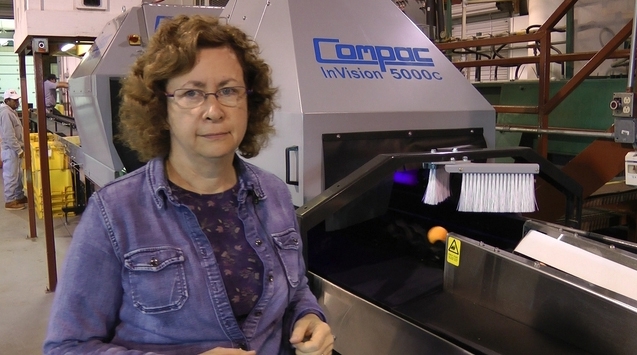
Citrus Research Board relies on UC ANR scientists
The Citrus Research Board is celebrating 50 years of careful scientific study to improve the sustainability of the California citrus industry, worth more than $7 billion per year. They have no closer partner than University of California Agriculture and Natural Resources, reported Tim Hearden in Western Farm Press.
A laboratory, screen houses and a research-sized citrus grader have been built at the UC Lindcove Research and Extension Center, largely made possible with the industry-funded Citrus Research Board. Since the 1990s, the board have given more than $2.3 million to Lindcove for facilities and has funded much of the center's research.
“It's fabulous,” said Beth Grafton-Cardwell, UC Cooperative Extension citrus entomologist and director of Lindcove. “There are committees from the CRB that interact with our researchers to maximize and orient the research toward the industry's needs.”
The industry is now facing the serious threat of huanglongbing (HLB) disease of citrus. The disease, which is spread by Asian citrus psyllid, has devastated the citrus industry in Florida. It has been detected in a handfull of backyard trees in Southern California, but so far has not made its way into commercial orchards.
New research programs at Lindcove include developing citrus varieties with tolerance to HLB, and perhaps a project to grow citrus under a screen in what is known as a Citrus Under Protective Structure, or CUPS. If built, the CUPS facility will be housed on a 10-acre section of the Lindcove center.
“We're making slow, steady progress” against HLB, Grafton-Cardwell said. “We don't see a silver bullet. However, that's where the bulk of the CRB budget is going now.”

